The Taj Mahal
Shah Jahan was the fifth leader of the Mughal tradition. During his third regnal year, his number one spouse, known as Mumtaz Mahal, kicked the bucket because of complexities emerging from the introduction of their fourteenth youngster. Profoundly disheartened, the ruler began arranging the development of a reasonable, extremely durable resting place for his adored spouse very quickly. The aftereffect of his endeavors and assets was the making of what was known as the Luminous Tomb in contemporary Mughal texts and is what the world knows today as the Taj Mahal.
Overall terms, Sunni Muslims favor a straightforward entombment, under an open sky. Yet, striking domed mausolea for Mughals (as well concerning other Central Asian rulers) were worked preceding Shah Jahan's standard, so in such manner, the Taj isn't novel. The Taj is, notwithstanding, extraordinary for its stupendous scale, dazzling nurseries, luxurious ornamentation, and its obvious utilization of white marble.
Taj Mahal and Yamuna River, photo
The Location
Shah Jahan fabricated the Taj Mahal in Agra, where he took the high position in 1628. First vanquished by Muslim trespassers in the 11th 100 years, the city had been changed into a prospering area of exchange during Shah Jahan's standard. Arranged on the banks of the Yamuna River took into consideration simple admittance to water, and Agra before long acquired the standing as a "riverfront garden city," because of its carefully arranged gardens, lavish with blooming brambles and natural product bearing trees in the sixteenth 100 years.
Paradise on Earth
Entrance, Taj Mahal, Agra, India, 1632-53
Passage to the Taj Mahal complex by means of the forecourt, which in the sixteenth century housed shops, and through a stupendous entryway of trimmed and profoundly enriched red sandstone established for a first connection of fantastic quality and balance: adjusted along a long water channel through this door is the Taj — set magnificently on a raised stage on the north end. The rectangular complex runs around 1860 feet on the north-south pivot, and 1000 feet on the east-west hub.
Aerial view from Google Earth, Taj Mahal, Agra, India, 1632-53
The white-marble tomb is flanked on one or the other side by indistinguishable structures in red sandstone. One of these fills in as a mosque, and the other, whose precise capacity is obscure, gives compositional equilibrium.
The marble structure is topped by a bulbous arch and encompassed by four minarets of equivalent level. Yet again while minarets in Islamic engineering are generally connected with mosques — for use by the muezzin who drives the call to supplication — here, they are not practical, however elaborate, highlighting the Mughal center around primary equilibrium and concordance.
The inside floor plan of the Taj displays the hasht bishisht (eight levels) guideline, implying the eight degrees of heaven. Comprising of eight lobbies and side rooms associated with the principal space in a cross-pivotal arrangement — the inclined toward plan for Islamic engineering from the mid-fifteenth hundred years — the focal point of the primary chamber holds Mumtaz Mahal's complicatedly enhanced marble cenotaph on a raised stage. The head's cenotaph was set down adjacent to hers after he passed on thirty years after the fact — both are encased in an octagon of flawlessly cut white-marble screens. The caskets bearing their remaining parts lie in the spaces straightforwardly underneath the cenotaphs.
Cenotaphs, Taj Mahal, Agra, India, 1632-53, photo
Carving and inlaid stone, Taj Mahal, Agra, India, 1632-53, photo
Qur'anic stanzas recorded into the dividers of the structure and plans trimmed with semi-valuable stones — coral, onyx, carnelian, amethyst, and lapis lazuli — add to the quality of the Taj's white outside. The prevailing topic of the cut symbolism is botanical, showing some conspicuous, and other whimsical types of blossoms — one more connect to the subject of heaven
A portion of the Taj Mahal's design wires viewpoints from other Islamic practices, yet different angles reflect with native style components. Specifically, this is clear in the umbrella-molded fancy chhatris (arch formed pavillions) on the structures and minarets.
Also, while most Mughal-period structures would in general involve red stone for outsides and practical design (like military structures and fortifications) — saving white marble for extraordinary inward spaces or for the burial places of sacred men, the Taj's whole fundamental design is developed of white marble and the assistant structures are made out of red sandstone. This white-and-red variety plan of the assembled complex might relate with standards set down in antiquated Hindu messages — in which white represented virtue and the holy class, and red addressed the shade of the champion class.
The Gardens
Extending before the Taj Mahal is a stupendous burn bagh garden. Regularly, a scorch bagh was separated into four principal quadrants, with a structure (like a structure or burial chamber) along its focal pivot. When seen from the principal entryway today, the Taj Mahal seems to digress from this standard, as it isn't halfway positioned inside the nursery, yet rather situated toward the finish of a perplexing that is supported by the stream, for example, was found in other Mughal-period delight gardens.
View from the Mahtab Bagh, Taj Mahal, Agra, India, 1632-53, photo
When seen from the Mahtab Bagh, moonlight gardens, across the stream, notwithstanding, the landmark gives off an impression of being halfway situated in a more terrific complex than initially suspected. This view, just conceivable when one integrates the Yamuna River into the complex, addresses the brightness of the draftsman. Additionally, by raising the Taj onto a raised establishment, the manufacturers guaranteed that Shah Jahan's funerary mind boggling as well as the burial chambers of other Mughal aristocrats alongside their appended nurseries could be seen from many points along the stream.
The nursery integrated streams and wellsprings. This was another sort of planting that was acquainted with India by Babur, Shah Jahan's incredible extraordinary granddad in the sixteenth 100 years. Given the progression of time and the intercession of numerous people in the nursery since its development, it is difficult to decide the first planting and design plan of the nursery beds at the Taj.
From the beginning, the Taj was thought about as a structure that would be associated with its gloriousness for a very long time to come, and with that in mind, the best material and abilities were utilized. The best marble came from quarries 250 miles away in Makrarna, Rajasthan. Mir Abd Al-Karim was assigned as the lead designer. Abdul Haqq was picked as the calligrapher, and Ustad Ahmad Lahauri was made the manager. Shah Jahan ensured that the standards of Mughal engineering were integrated into the plan all through the structure interaction.
What the Taj Mahal Represents
At the point when Mumtaz Mahal passed on at age 38 of every 1631, the head is accounted for to have would not take part in court merriments, delayed two of his children's weddings, and supposedly made incessant visits to his significant other's transitory resting place (in Burhanpur) during the time it took for the structure of the Taj to be finished. Stories like these have prompted the Taj Mahal being alluded to as an engineering "image of adoration" in well known writing. Yet, there are different speculations: one proposes that the Taj isn't a memorial service landmark, and that Shah Jahan could have assembled a comparable construction regardless of whether his better half had not kicked the bucket. In view of the figurative explicitness of Qur'anic and different engravings and the ruler's affection for high positions, another hypothesis keeps up with that the Taj Mahal is an emblematic portrayal of a Divine Throne — the seat of God — on the Day of Judgment. A third view holds that the landmark was worked to address a copy of a place of heaven. In the "paradisiacal chateau" hypothesis, the Taj was something of a vanity project, worked to celebrate Mughal rule and the ruler himself.
Assuming his promotion to the privileged position was smooth, Shah Jahan's takeoff from it was not. The sovereign kicked the bucket not as a ruler, but rather as a detainee. Consigned to Agra Fort detained at home for a considerable length of time preceding his passing in 1666, Shah Jahan could appreciate just a far off perspective on the Taj Mahal. Yet, the shining marble catacomb he worked "considering any kind of family down the line" perseveres, over 350 years after it was developed, and is accepted to be the most conspicuous sight in this present reality. Let go adjacent to his darling spouse in the Taj Mahal, the man once called Padshah — King of the World — appreciates getting through popularity, as well, for having authorized the world's most luxurious and vital sepulcher.
Backstory
The Taj Mahal is one of the world's incredible vacation spots, facilitating a great many guests each year. However it was assigned as UNESCO World Heritage Site in 1983 and is as of now managed by the Archeological Survey of India, its weighty guest traffic is only one of the many variables that undermine the respectability of the site.
One of the greatest gamble factors for the Taj Mahal is air contamination, which stains the outside and, a few specialists think, causes corrosive downpour that crumbles the marble. Air contamination is brought about by a huge number of elements including industry, vehicle outflows, and the consuming of family squander. The public authority of India assigned a region called the Taj Trapezium Zone (named for its trapezoidal shape), a 10,400 square kilometer area (around 4,000 square miles) of Agra incorporating the Taj Mahal as well as the Agra Fort and the memorable Mughal settlement of Fatehpur Sikri. Petroleum processing plants and coal-consuming ventures have been requested to control their emanations or change to flammable gas inside this zone, and most have agreed.
There has additionally been a restriction on auto traffic close to the Taj Mahal, air quality screens have been introduced, and the Archeological Survey of India has proposed a vacationer cap and expanded expenses to restrict guest sway.
One more possible gamble for the Taj Mahal is the evaporating of the Yamuna River, which streams along the back of the complex. The waterway has been somewhat dammed upstream from the Taj Mahal to increase metropolitan water supplies, and some contend that the progressions in the dirt because of the lower water table might be undermining the primary respectability of the landmark. Different activists and researchers have professed to have tracked down breaks in the marble stage, sinking of the construction, and tipping of the minarets, however that's what UNESCO declares
The actual texture is looking great and primary solidness, nature of establishment, verticality of the minarets and other constructional parts of Taj Mahal have been examined and keep on being observed.
The Taj Mahal is properly a top objective for a huge number of explorers. As worldwide the travel industry develops and the monetary constrains of industry keep on expanding, the specialists who supervise the site should endeavor to execute legitimate and primary measures to guarantee that this indispensable landmark makes due.
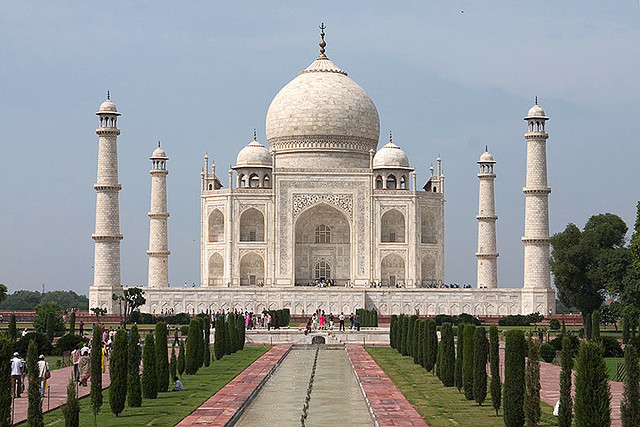
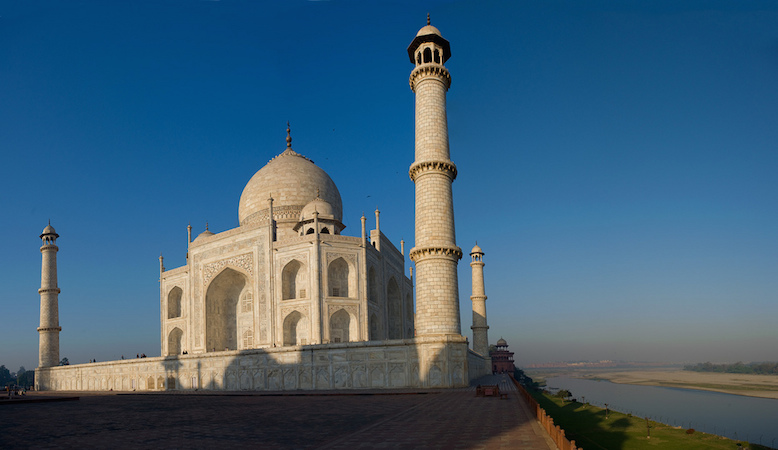
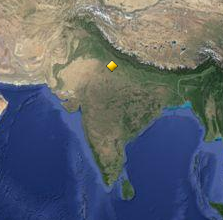
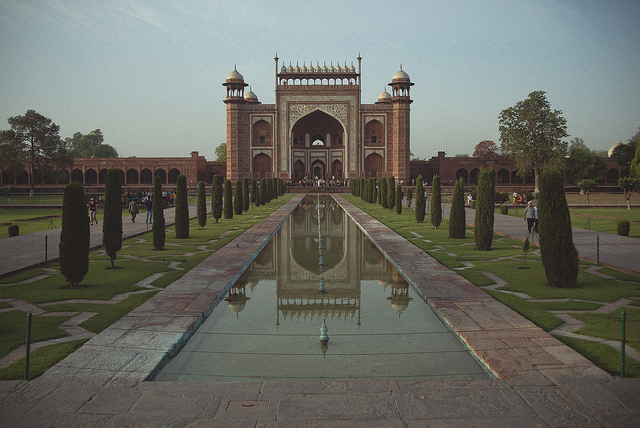
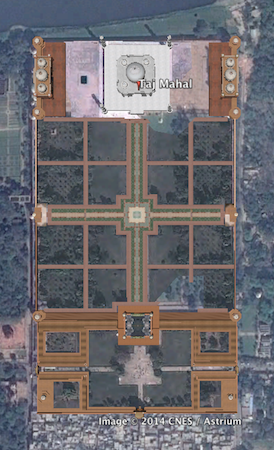
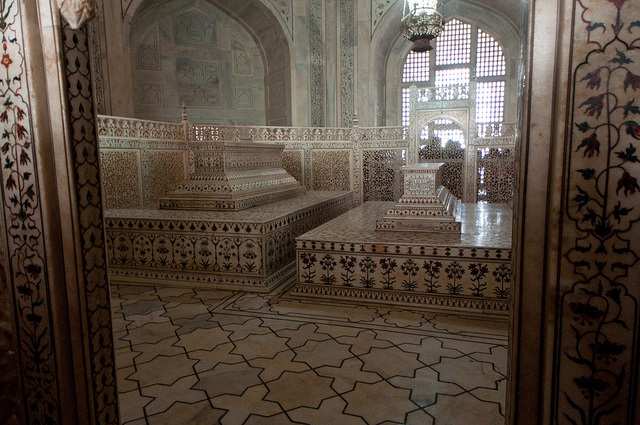
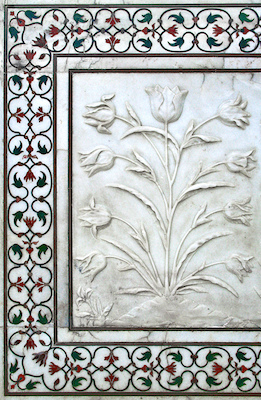
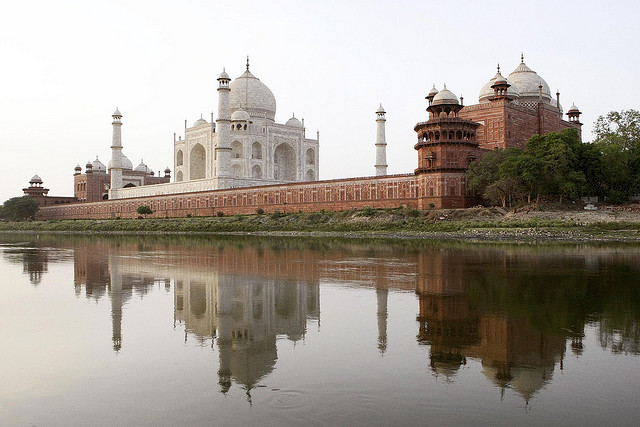
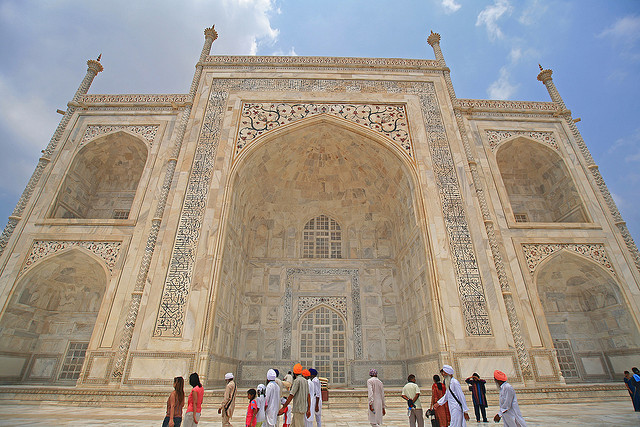
0 Comments